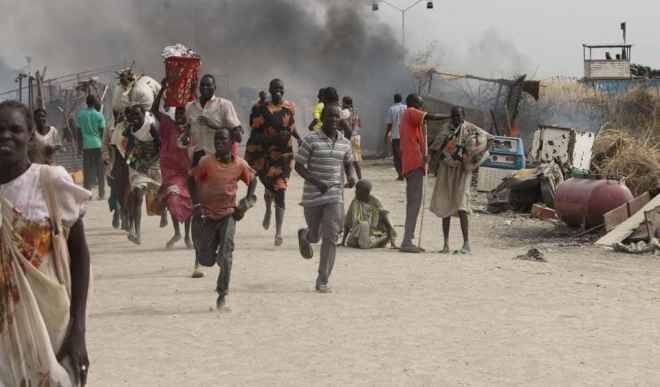Persistent insecurity, armed conflict, and deteriorating livelihoods will continue to affect local government areas in Borno, Kaduna, Katsina, Sokoto, Yobe, Zamfara states, and the far north of Adamawa State in Nigeria until May 2024, the World Bank has predicted.
This is as it disclosed that poor macroeconomic conditions are restricting access to agricultural inputs in the country.
This is set to affect cereal production in the country. The global bank revealed this in its latest ‘Food Security Update.’
- FG fines British-American Tobacco $110m
- Tinubu’s special investigator threatens forfeiture of Union Bank, Titan Trust Bank
Estimated cereal production for the 2023/24 crop year is expected to be 76.5 million tons in West and Central Africa, which is a two per cent decrease from the previous season, but a three per cent rise from the average for the last five years.
Chad, Mali, Niger, and Nigeria are expected to contribute the most to this decline.
The Bretton Woods institution said, “Projections indicate a decline in production from last year in Chad, Mali, Niger, and Nigeria. This decrease is attributed to dry spells during the growing season and insecurity that limited access to cropland in Chad, Mali, and Niger and to poor macroeconomic conditions that have restricted access to agricultural inputs in Nigeria.”
While overall, most of the sub-region’s areas will remain in the minimally food insecure (category from November to May 2024, some areas are classified as stressed and some in crisis.
It added, “Over the same period (November to May 2024), Crisis (IPC Phase 3) conditions, mainly caused by persistent insecurity and armed conflict, and deteriorating livelihoods, are projected to affect the following regions:
“Nigeria: Local government areas in Borno, Kaduna, Katsina, Sokoto, Yobe, Zamfara states, and the far north of Adamawa state.”
The other places this will affect include places in Burkina Faso, Cameroon, Chad, Mali, and Niger.
In its latest update, the World Bank noted that between August and November, many low- and middle-income countries were battling with high inflation.




